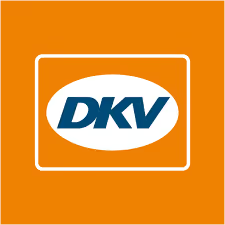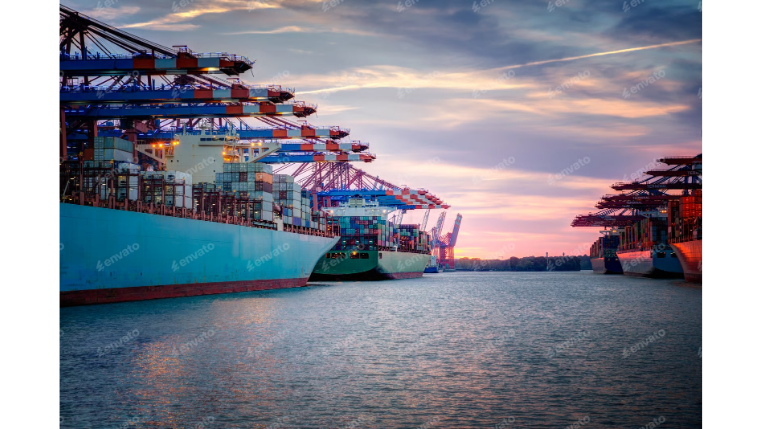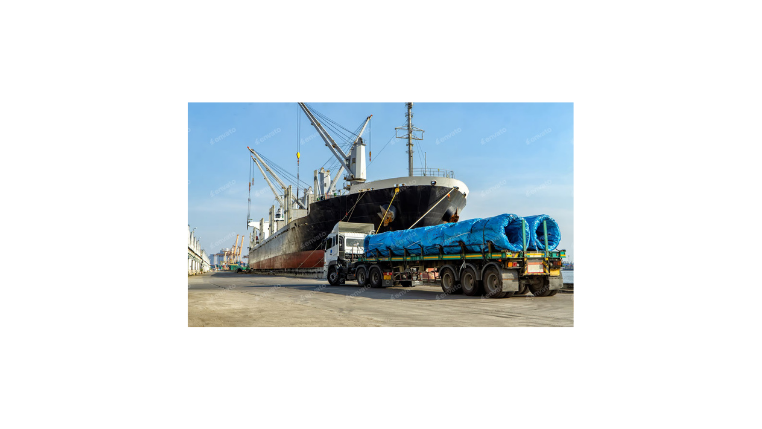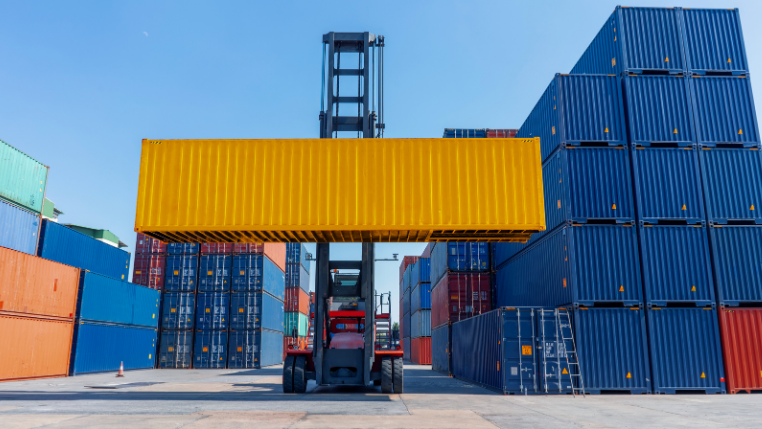Supply Chain Fundamentals




300+
Trusted By 300+ Companies

31 Oct 25
What Is SCAC Code? 2024 List Lookup, Who Needs and How It Works
In the complex world of freight and transportation, a single, four-letter code holds immense power: the SCAC Code. This unique identifier for transportation companies is the backbone of modern logistics, facilitating everything from customs filings to seamless cargo tracking. This comprehensive guide explores what an SCAC code is, its vital role in the 2024 supply chain, who needs one, and how it works to ensure efficiency and compliance.
Read More

31 Oct 25
What Is SCAC Code? 2024 List Lookup, Who Needs and How It Works
In the complex world of freight and transportation, a single, four-letter code holds immense power: the SCAC Code. This unique identifier for transportation companies is the backbone of modern logistics, facilitating everything from customs filings to seamless cargo tracking. This comprehensive guide explores what an SCAC code is, its vital role in the 2024 supply chain, who needs one, and how it works to ensure efficiency and compliance.

06 Oct 25
What Is LCL Shipping? A Guide to Less-Than-Container Load
In the world of freight logistics, not every shipment is large enough to fill an entire container. LCL shipping, or Less-than-Container Load, offers a flexible and cost-effective solution for businesses transporting smaller volumes of goods. This guide will demystify LCL shipping, explaining how it works, its key benefits, and the potential challenges to help you make an informed decision for your cargo.

06 Oct 25
15 Types of Shipping Container Units in Logistics
In the world of global trade, a shipping container is more than just a box—it's a critical component of the supply chain. With a wide variety of goods needing transport, from standard dry cargo to temperature-sensitive materials, understanding the different types of containers is essential for seamless logistics. This guide provides a detailed look at 15 types of shipping container units in logistics, explaining their unique features and optimal uses to help you make informed decisions.

06 Oct 25
Uncovering The Differences Between Logistics and Supply Chain Management
In the world of global commerce, the terms logistics and supply chain management are often used interchangeably, but they are not the same. While one is a tactical function focused on the flow of goods, the other is a strategic framework that governs an entire business ecosystem. This definitive guide will clarify the core differences, explain their individual functions, and illustrate how they work together to create a seamless and efficient business operation.

06 Oct 25
FOB in Shipping: A Complete Guide to Its 4 Key Terms
In international trade, FOB (Free on Board) is a critical term that determines who is responsible for goods during transit. It's more than just a label—it's a legal and financial designation that affects everything from freight costs to liability for damage. This guide demystifies the four key ways FOB is used in shipping documents, helping you understand the difference between FOB Origin and FOB Destination, as well as Freight Prepaid and Freight Collect.

06 Oct 25
Navigating the ISF Filing Process: A Step-by-Step Guide
For any business importing goods into the United States by ocean, understanding the Importer Security Filing (ISF) is non-negotiable. This critical document is a requirement from U.S. Customs and Border Protection (CBP) and is essential for both compliance and supply chain security. This guide provides a comprehensive overview of navigating the ISF filing process, from gathering the necessary information to ensuring compliance and avoiding costly penalties.

06 Oct 25
What Is Containerized Freight?
In the world of global logistics, few innovations have had as profound an impact as containerization. Containerized freight is the standardized system of transporting goods in steel containers, which has made international trade faster, safer, and more affordable. This guide will explore what containerized freight is, its key benefits, the different types of containers, and how this process works in today's complex global supply chain.

06 Oct 25
LTL vs FTL Shipping: Understanding the Difference
Choosing between LTL and FTL shipping is a crucial decision that impacts cost, speed, and reliability in logistics. LTL shipping is cost-effective for smaller loads by sharing space with other businesses, while FTL shipping provides faster transit and greater control for larger or fragile shipments. This guide breaks down the key differences, benefits, and factors to consider, helping businesses make smarter shipping choices with Modaltrans.
.avif)
.avif)


